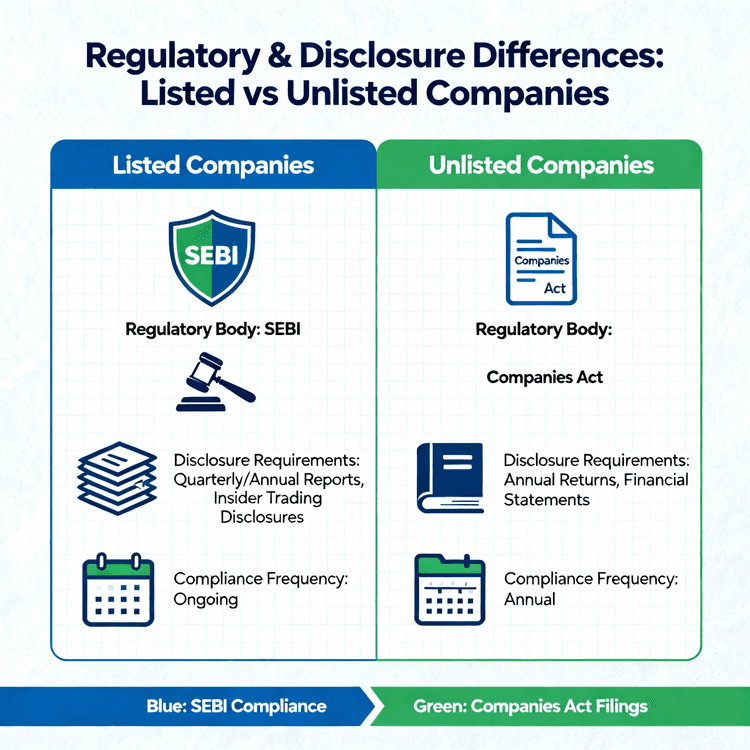Bootes Impex Tech Ltd has rapidly positioned itself as a leader in India’s sustainable infrastructure sector, pioneering net-zero construction through a blend of technological innovation, integrated project delivery, and a sharp focus on environmental impact. Here’s a comprehensive, in-depth breakdown of how Bootes executes its business model and advances its net-zero strategy.
Core Business Model: Integrated EPC and DBFOT Approach
A. Engineering, Procurement, and Construction (EPC)
- Primary Revenue Stream: Over 90% of Bootes’ revenue comes from EPC contracts, where the company manages the entire lifecycle of infrastructure projects-from architectural design and engineering to procurement and construction.
- Efficiency and Control: By integrating all phases under one roof, Bootes ensures tight quality control, rapid execution, and minimized cost overruns. This model allows for swift adaptation to client requirements and regulatory changes, as demonstrated by the record-breaking 90-day completion of the Jhansi Net-Zero Library.
- 360-Degree Solutions: For select large-scale or public-private partnership projects, Bootes adopts the DBFOT model. This means Bootes not only designs and builds but also finances, operates, and eventually transfers the project, ensuring long-term performance and maintenance of net-zero standards.
- Lifecycle Value: This approach guarantees the sustainability and efficiency of infrastructure over its entire lifecycle, not just at handover.
- Consulting Services: Around 8% of revenue comes from consulting, including international collaborations with firms like Innenco and Urbs AB. These services range from green building certification to energy modeling and sustainability audits.
- Technology Licensing: Bootes licenses proprietary technologies-such as ECOLOO (waterless toilets) and hydronic radiant cooling systems-to other developers and government agencies, creating additional recurring revenue streams
Technological Innovations
- Renewable Energy Integration: Every Bootes project is designed to generate or source 100% of its operational energy from renewables, such as solar PV panels and wind turbines. This is a cornerstone of their net-zero promise, as seen in the Jhansi Library, which operates entirely on-site renewable energy.
- Hydronic/Radiant Cooling Systems: Bootes has developed and patented advanced hydronic cooling panels that drastically reduce energy consumption versus conventional HVAC systems. These systems also improve occupant comfort and air quality.
- Zero Liquid Discharge (ZLD) & Water Management: Projects incorporate ZLD, rainwater harvesting, and water recycling to ensure zero wastewater discharge, aligning with strict environmental norms and reducing operational costs.
- SAFE Toilets (ECOLOO): Bootes’ waterless sanitation solution saves up to 1,50,000 liters of water per toilet annually and produces 500 kg of organic fertilizer, supporting both water conservation and circular economy goals.
- Material Selection: Preference for low-carbon, recycled, and locally sourced materials reduces both embodied carbon and supply chain emissions. Bootes often integrate traditional Indian architectural techniques for passive cooling and natural lighting.
- Smart Building Automation: Advanced sensors and building management systems optimize energy and water use, further lowering the carbon footprint.
- Carbon Emission Reductions: Projects like the Jhansi Library have achieved up to 85% reduction in carbon emissions compared to traditional buildings6.
- Water and Waste Impact: Through ZLD and ECOLOO, Bootes ensures minimal environmental impact and compliance with the highest green building standards.
- Diverse Sectors: Bootes delivers projects across government (libraries, museums, hospitals), private (malls, hotels), and industrial (cold storage, warehousing) sectors, with recent international expansion.
- Record-Breaking Timelines: The company’s ability to deliver large-scale, complex projects in record time (e.g., Jhansi Library in 90 days) is a testament to its operational efficiency and project management strength.
- Order Book Strength: As of early 2025, Bootes boasts an order pipeline worth ₹130 billion, providing strong business visibility and underpinning future growth.
- First-Mover Advantage: Bootes is India’s first net-zero construction company, giving it a regulatory and reputational edge in a market increasingly driven by sustainability mandates.
- Patented Technologies: Proprietary solutions in radiant cooling and waterless sanitation create high entry barriers for competitors and offer clients clear, quantifiable sustainability benefits.
- Integrated Delivery: Full-spectrum EPC and DBFOT capabilities mean Bootes can guarantee net-zero outcomes throughout the project lifecycle, not just at handover.
- Strategic Partnerships: Collaborations with global sustainability leaders and Indian government agencies enhance Bootes’ technical depth and market reach.
- Net-Zero Vision 2070: Bootes’ business model is tightly aligned with India’s commitment to achieve net-zero emissions by 2070, positioning it as a preferred partner for government and private sector projects seeking to meet ESG and compliance targets.
- Aatmanirbhar Bharat: The company’s focus on local sourcing and indigenous technologies supports India’s self-reliance goals.
- Scalability: Bootes’ solutions are adaptable across project sizes and types, from public infrastructure to commercial and industrial developments.
- Execution Risk: Rapid project timelines and complex technological integration require robust project management and skilled manpower.
- Regulatory Risk: Evolving green building codes and environmental regulations necessitate continuous innovation and compliance.
- Market Competition: As sustainable construction gains traction, more players are entering the field, though Bootes’ first-mover status and patents provide a buffer.
With a robust order book, explosive financial growth, and a clear innovation edge, Bootes is not just riding the net-zero wave-it is helping to define the future of sustainable construction in India and beyond.


